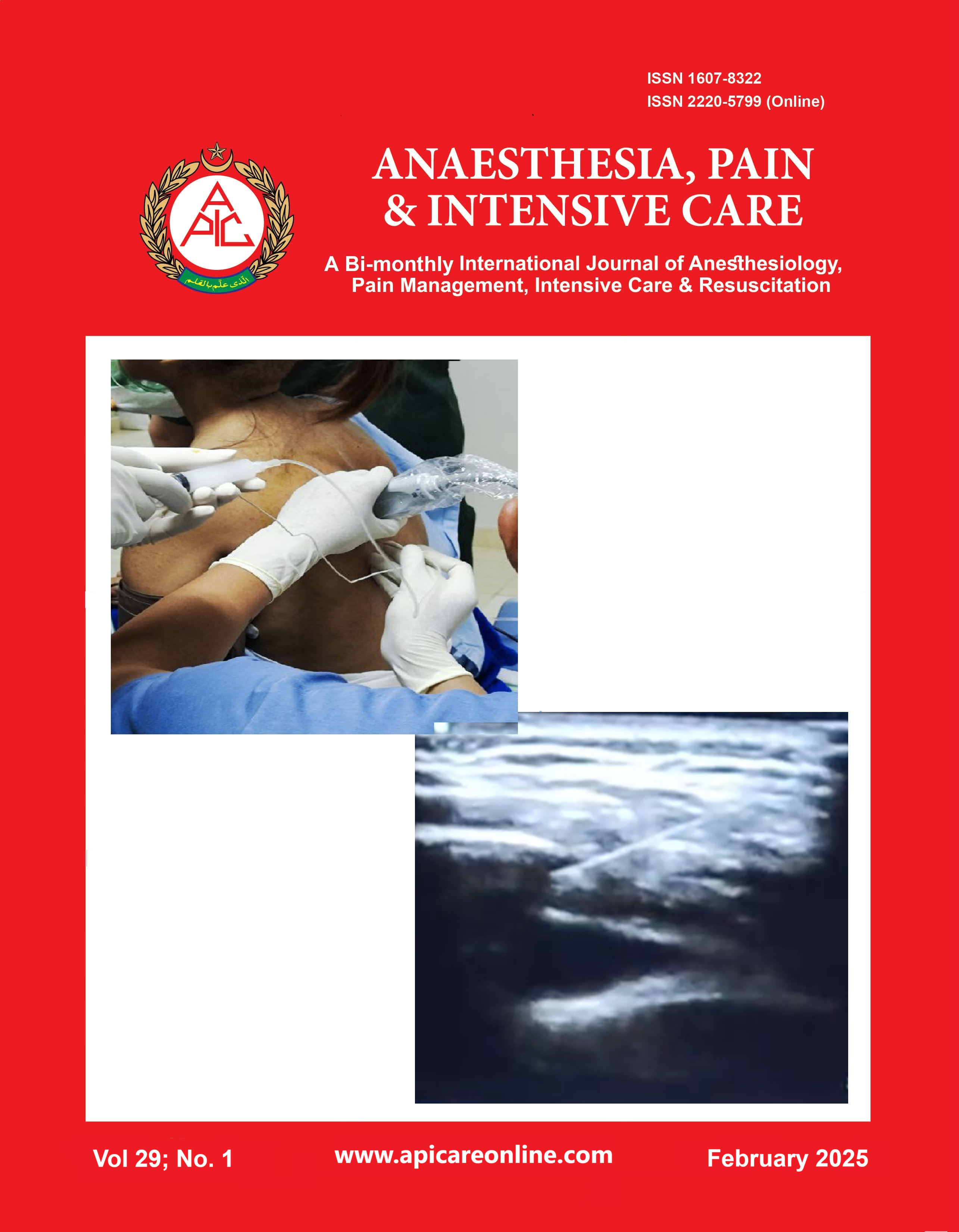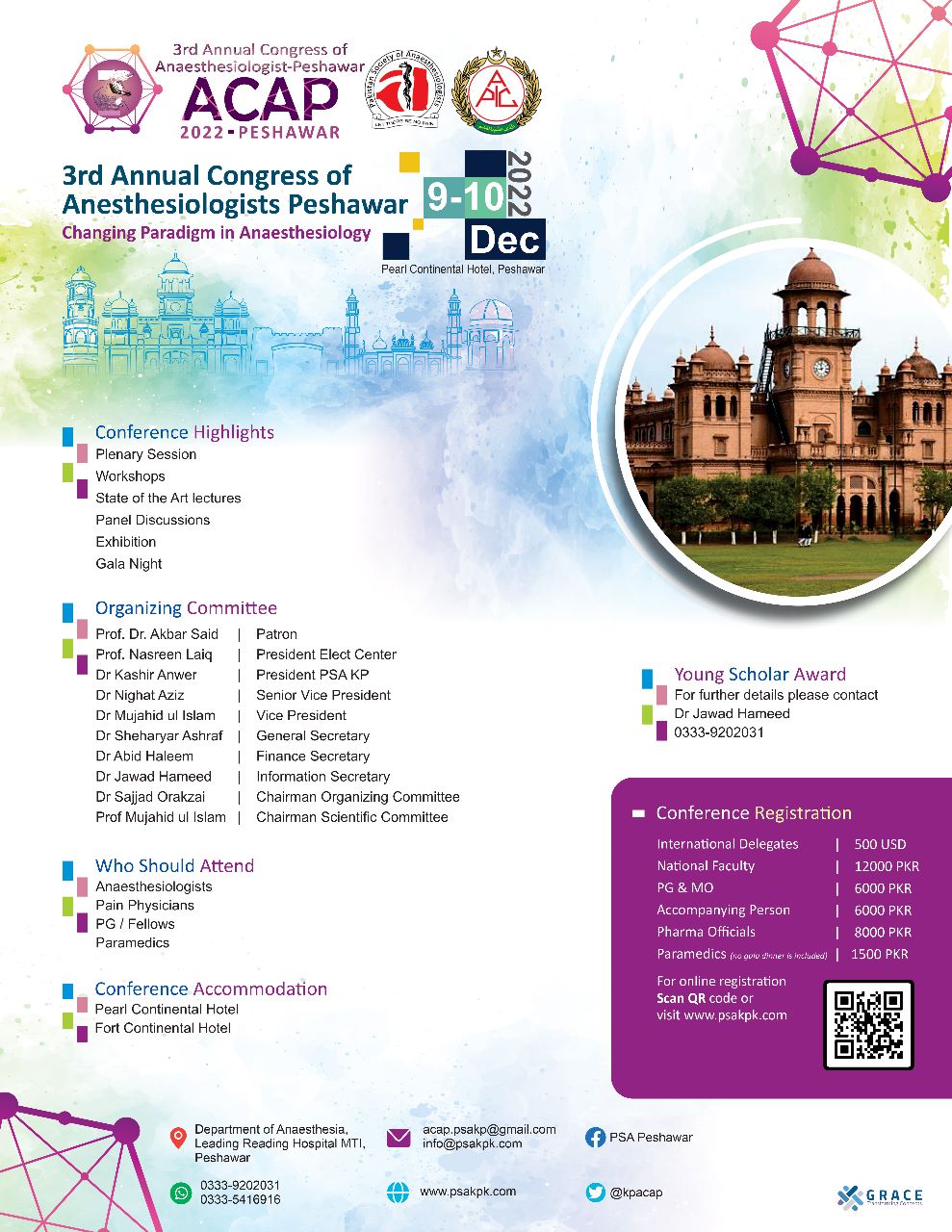Anesthesia ready time for emergency surgery at the 24-hour operating room of the central surgical installation in a tertiary hospital in Indonesia
Abstract
Background: Anesthesia Ready Time (ART) is the time required by an anesthesiologist, calculated from the time the monitor is placed on the patient until the patient is declared by the anesthesiologist to be ready for the surgery. ART varies based on the patient's ASA classification, equipment availability, preoperative invasive procedures, drug preparation, and waiting for the surgical team. The aim of this study was to determine the ART of patients undergoing emergency surgery and identify the affecting factors at a tertiary hospital in Indonesia.
Methodology: Samples were collected from patients consulted for emergency surgery at the 24-hour Central Operating Room of a tertiary hospital in Indonesia from August 2023 until February 2024, that included 116 patients. We used consecutive sampling and non-probability data collection methods.
Results: Overall, in 91.4% of cases, ART complied with the standards, with an average of 14.22 min. All regional spinal procedures met the standard, while general anesthesia procedures achieved the standard by 98.46%. The lowest ART rate was for regional epidural procedures, at 30.76%. Based on ASA status, only samples with ASA status 3 achieved a 100% compliance rate. While samples with ASA status 1 achieved 88%, and ASA status 2 achieved 89.7%. Several causes influenced prolonged ART in 8.6% of cases. Difficulty with the anesthesia procedure was the most common (60%), followed by waiting for the surgical team (30%), and monitor malfunction at 10%.
Conclusion: Anesthesia ready time in our tertiary hospital in Indonesia is satisfactory. Factors found to influence prolonged anesthesia ready time were mostly correctable ones.
Keywords: Anesthesia; Anesthesia Ready Time; ART; Emergency Surgery
Citation: Pradian E, Kestriani ND, Putra GA. Anesthesia ready time for emergency surgery at the 24-hour operating room of the central surgical installation in a tertiary hospital in Indonesia. Anaesth. pain intensive care 2025;29(1):32-39. DOI: 10.35975/apic.v29i1.2658
Received: May 09, 2024; Reviewed: October 26, 2024; Accepted: January 01, 2025














